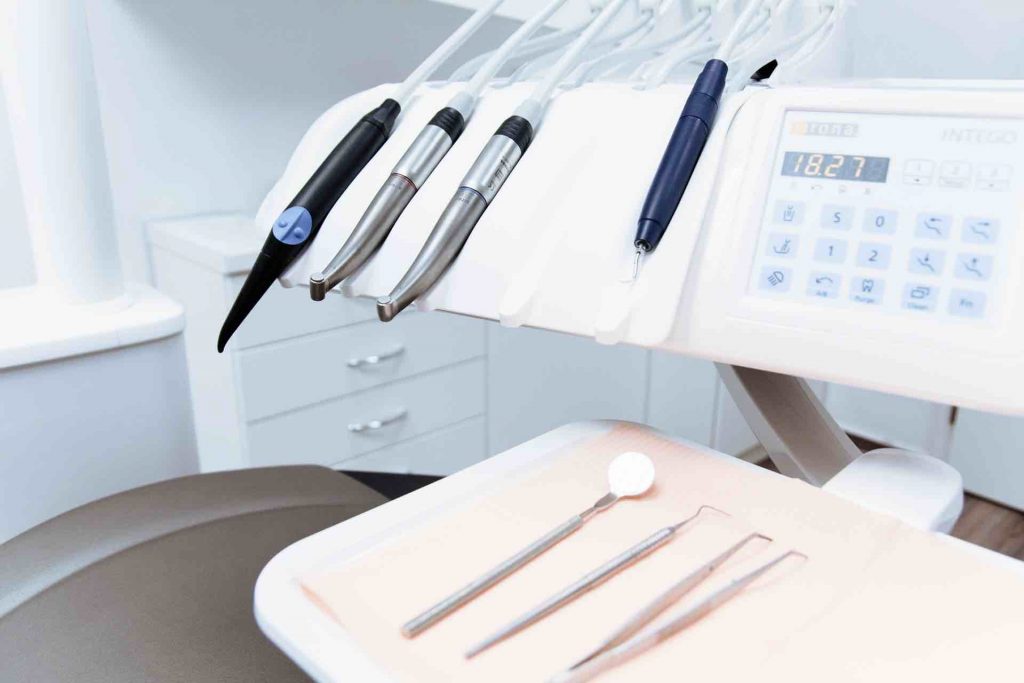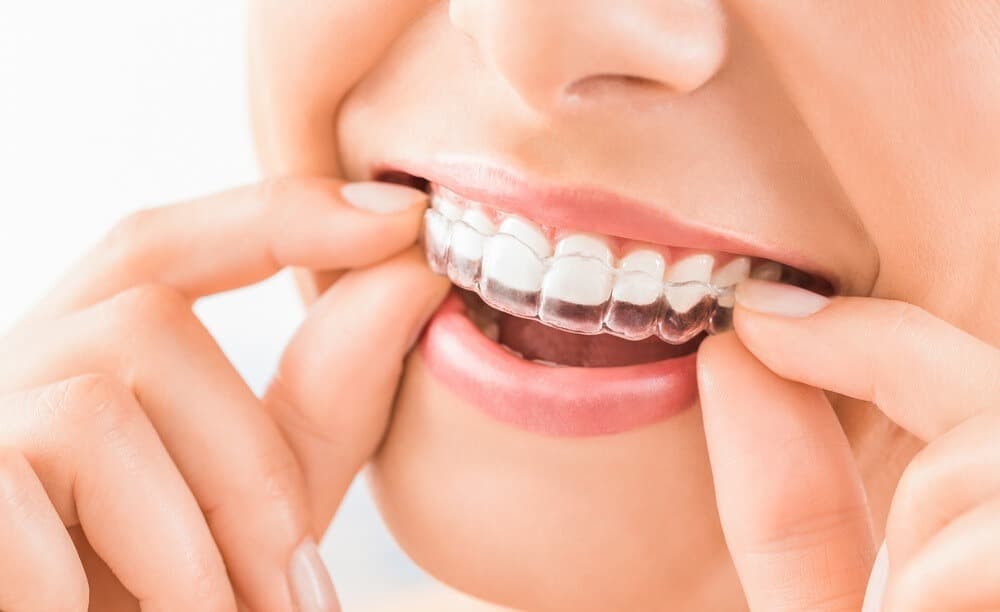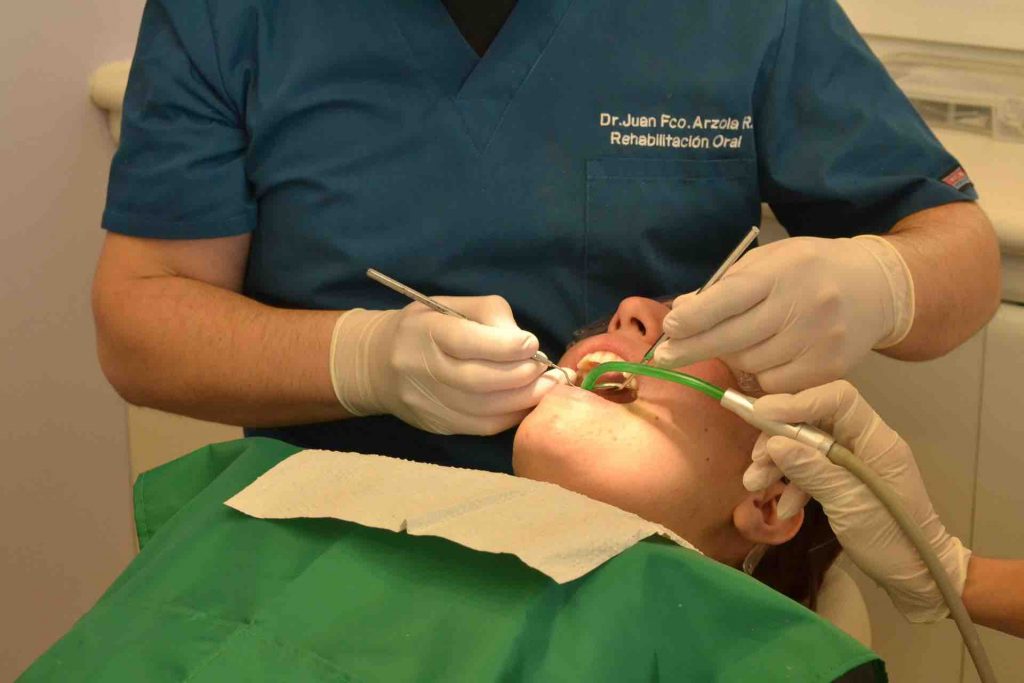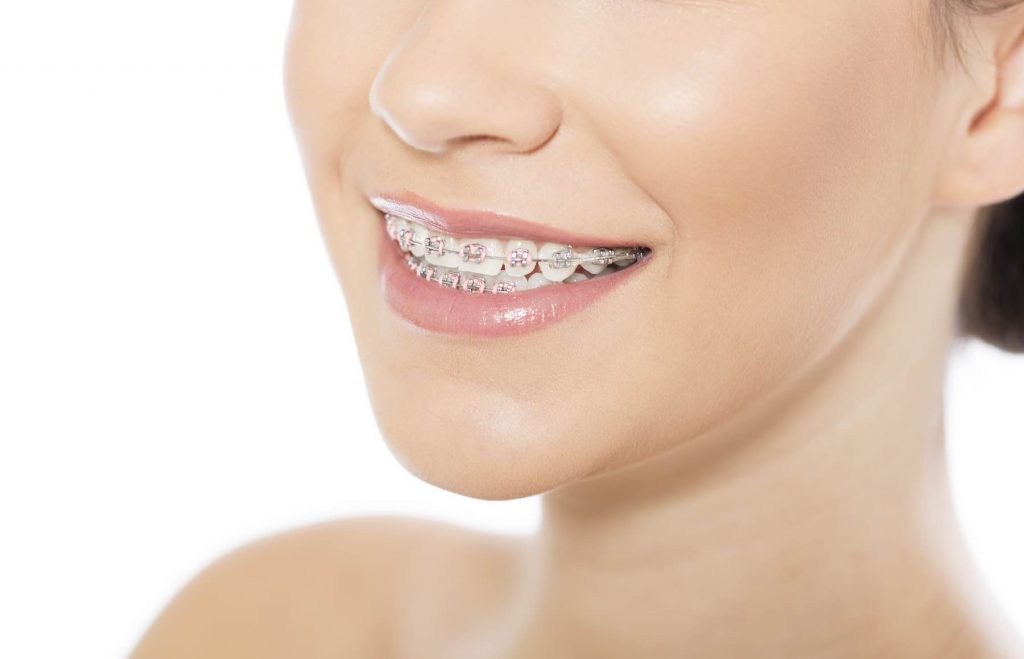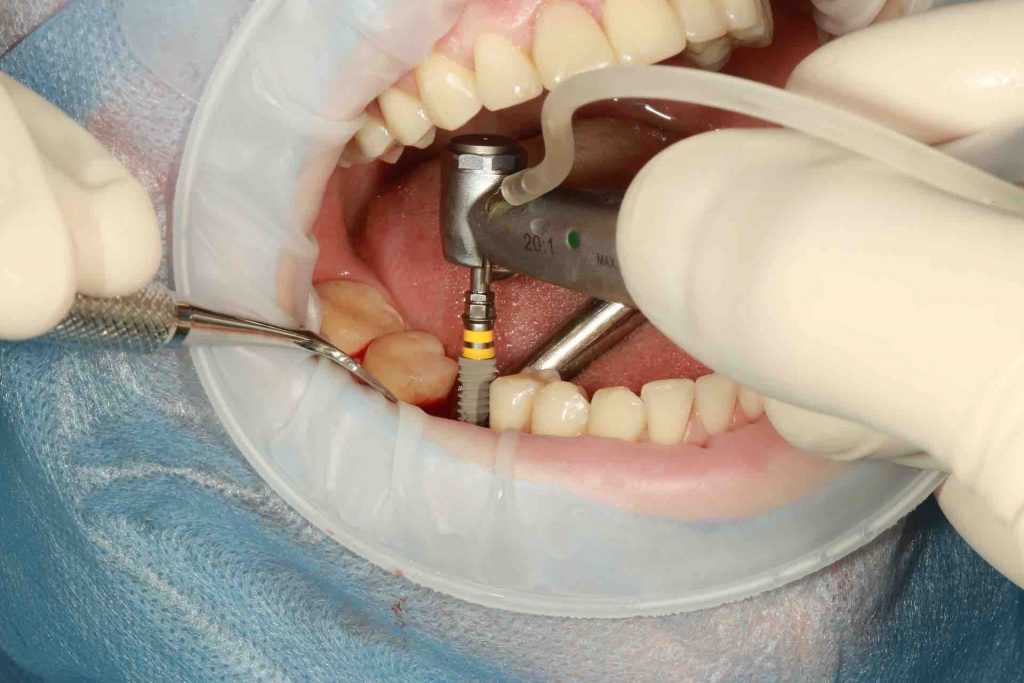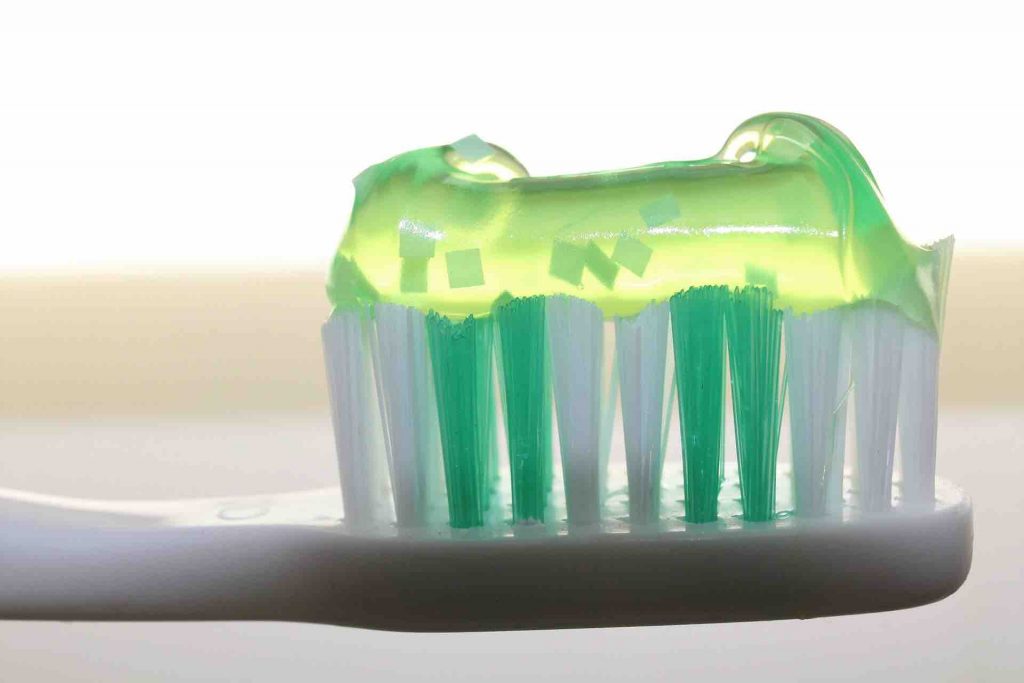
Whether it’s for a general check-up at the dentist or seeing an orthodontist for more specialized work, there is more choice than ever before. It can be easy to feel overwhelmed wondering about braces or veneers and various other kinds of treatments. How do people go about finding a good dentist that they can trust? Here is a handy guide for anyone looking to find a professional they can trust to take care of their teeth.
Check for accreditation
Any reputable dentist or orthodontist will be happy to demonstrate their accreditation. As well as being qualified to maintain tooth health and create improvements; some of the best are professionally trained to help patients who are nervous about having treatment.
Decide on NHS or private dental care
There are advantages to both kinds of care and treatment. Many people are now opting for private care in order to ensure they receive the luxury treatment they feel they deserve, particularly when it comes to adult braces or veneers. The NHS does not cover cosmetic treatment, so for those who are looking to improve their appearance with a brighter, straighter smile – private dental care is the best option.
Find out what others think
The best dentists usually have lots of happy patients. Talking to friends and family who have had dental work done is a great way to find a professional that can be trusted to do a great job. It’s also a great idea to look at reviews or testimonials online; which can be found on dental websites or elsewhere, such as NHS dentist reviews and ratings on the Care Quality Commission rating pages.
Consider the kind of treatment required
If general dental work is all that is needed, a dentist is the best choice. For people who are thinking of getting their teeth straightened, a consultation with an orthodontist is the solution. For those unsure of whether it’s braces or veneers they need, it’s well worth visiting a cosmetic dental expert.
Visit and have a consultation
One of the most important factors when it comes to getting a good dentist is a feeling of confidence and ease during the consultation and treatment process. It doesn’t matter how good the dentist is in a technical sense if the patient doesn’t feel comfortable and able to relax. It’s important to have an initial chat with the professional in mind to find out how they work; what steps treatment might involve; and most importantly, how much significance they place on making patients feel well cared for and able to ask questions.
A matter of careful consideration
Choosing a dentist must be done with care, after all, the condition of the teeth and mouth can have a dramatic impact on a person’s confidence and self-esteem; and this can spill into many other areas of the life of the patient. It’s important to think about the kind of care required, whether to go for NHS or private treatment and to develop a good relationship with a provider that is both empathetic and professional.

